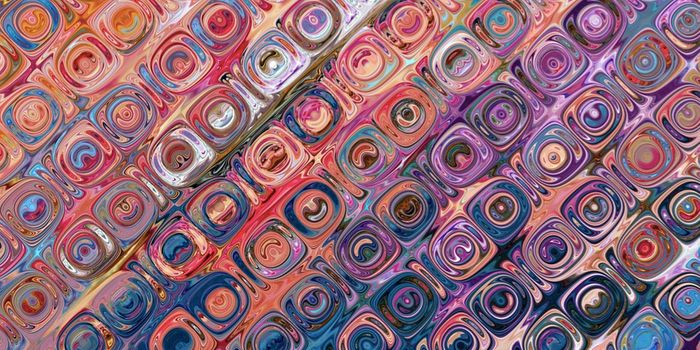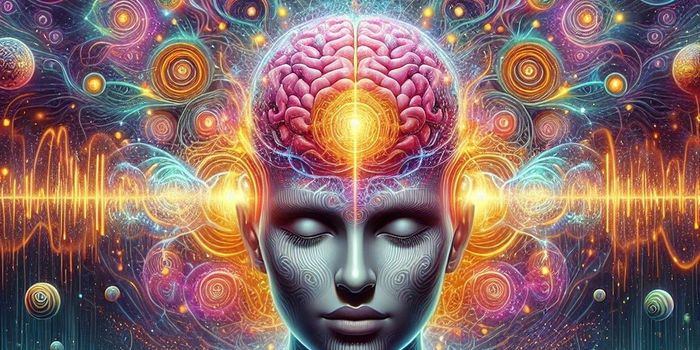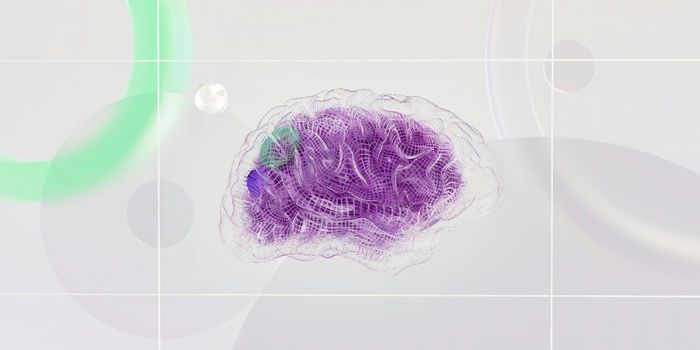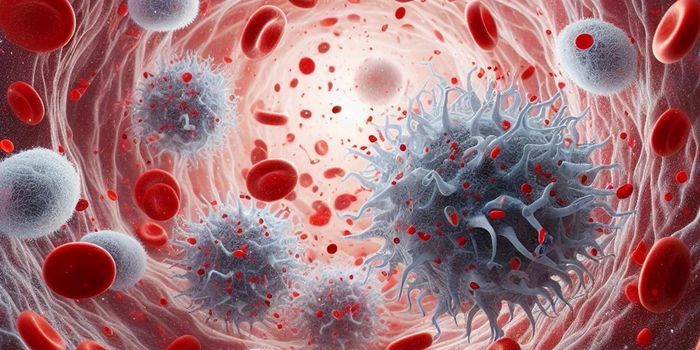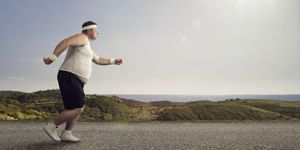Cells use proteins as placeholders or bookmarks that help the cells to pick up where they left off when gene expression is halted for a time, something that normally occurs while the cell undergoes division. There are thousands of genes in every cell in the body, but only a small portion of those get expressed at any one time, and whatever set of genes might be on at any time is what can make cells vastly different from one another. Researchers at the University of Alabama Birmingham (UAB) have been studying how those cellular bookmarks that put a cell back in the gene expression place it was impact stem cells, and what removing them can do.
Stem cells hold so much promise because they have the special ability to turn into any type of cell in the body, that specification process is called differentiation. However, the manipulation of those embryonic stem cells has serious ethical implications. As such, researchers have attempted to alter or reprogram differentiated cells in ways that cause them to behave as stem cells, creating induced pluripotent stem cells (iPS cells). It is a process that has not yet been perfected, however. If you would like to know more about the technology, watch the video above in which Nature video presents the technology as its Method of the Year 2009.
Scientists have continued work on the reprogramming technology. Kejin Hu, Ph.D., an Assistant Professor in the Department of Biochemistry and Molecular Genetics at UAB has
published proof-of-principle work in Cell Reports demonstrating how small molecules can improve the reprogramming of cells to create iPS cells. The graphical abstract is seen below. The small molecules target binding regions of the bookmarking proteins that put a cell back on the path of gene expression that turns it into a specific tissue type.
"Human cells have more than 40,000 genes, but only a portion of the genome is expressed in a specific cell type," said Hu. "This expression of a specific set of genes defines the cell identity. To establish a new cell type—in my case, a pluripotent stem cell—we have to erase the old program of gene expression, in addition to establishing the new transcriptional program specific for iPS cells. It's like construction: If you are going to build a new building on the same site, you have to remove the old one first."
Current technology utilizes reprogramming factors to create iPS cells from fibroblasts, a technique based on the groundbreaking achievements of Nobel laureate Shinya Yamanaka. But there is a barrier to reprogramming barrier, Hu said.
"If we can lower the barrier, we can enhance the reprogramming efficiency," Hu explained. "My strategy is to use chemicals to erase the transcriptional program specific to the starting cells."
Using a low concentration of an inhibitor, JQ1, that affects of a family of proteins called BET, it was observed that 390 genes specific to fibroblasts were down-regulated when JQ1 was applied to naive human fibroblasts. When applied to human fibroblasts undergoing reprogramming, 651 genes specific to fibroblasts were down-regulated, and success of reprogramming was improved 20-fold. The fibroblasts also exhibited changes in physical characteristics, from a spindle to a round or polygonal cells, indicating the loss of identity as a fibroblast.
Hu has proposed a mechanism in which fibroblast proteins are bookmarked by BET proteins, and the application of JQ1 removes those bookmarks during cell division. That in effect removes the epigenetic memory of the cell as fibroblast, such that fibroblastic gene expression does not resume once cell division ends.
This work could have positive implications for disease treatments and medical research that rely on iPS cells. Ideally, this work would revolutionize transplantation medicine so cell replacement therapies could be tailored to individuals.
Sources:
Phys.org via
UAB,
Nature Biotechnology,
Cell Reports


